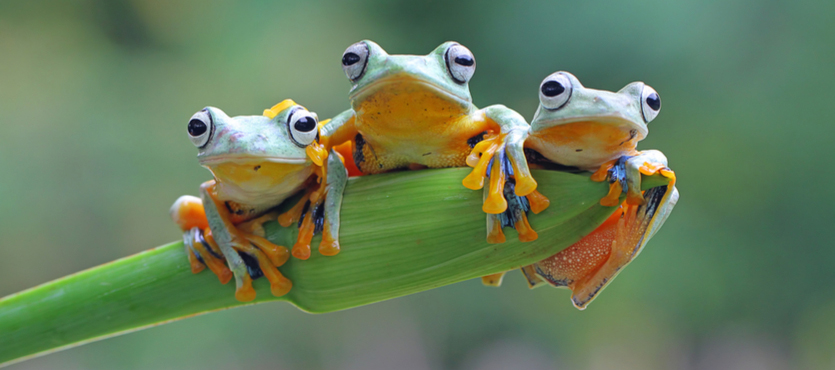Greening your lawn and garden can help create an oasis which attracts native wildlife including butterflies, birds, frogs, and other beneficial wildlife to your yard. Landscaping with wildlife friendly trees, shrubs, and flowers also helps restore habitat balance for those creatures who have been displaced by urban sprawl. Wildlife friendly landscaping includes the provision of food and water sources, as well as shelter for wildlife.
Reducing Your Lawn
Reducing your lawn means limiting grassy areas on your property that need to be mowed and provide very little sustenance for wildlife. Limiting the amount of lawn areas, and adding groundcovers instead, not only provide food and shelter for wildlife, but make your lawn maintenance simpler by reducing mowing, watering, and fertilizing. Another great way to replace mowed lawn areas is growing native wildflowers and other vegetation in its place creating havens for wildlife in your yard and adding aesthetics and interest for you.
Native Vegetation is always the best option for wildlife friendly landscaping. Not only do native plants provide exceptional food and shelter, but also require much less maintenance than non-natives. Native flora typically requires little fertilizer, adapt easily to soil, and are naturally resistant to native pests and diseases. Using native plants also allows you to plant a variety of different sizes and heights, increasing vertical layering and providing additional cover and feeding for wildlife. Adding native plants to create a butterfly garden is a great way to attract these beauties to your yard and keep native plants pollinated.
It follows that removing non-native plants is also needed for a wildlife friendly landscape. Non-native plants are often invasive, overtaking natural native plants and destroying wildlife friendly areas, thus limiting food, shelter, and protective areas for wildlife.
Consider providing brush piles as well as snags for the wildlife in your yard. Brush piles, near your other vegetation provide cover and food for birds, butterflies, small mammals, and other wildlife taking up residence in your yard. In addition, trees which die can be left in place (known as snags) and provide nesting for birds as well as food sources.
Providing Water Sources
Water is key in a wildlife friendly environment. You can provide a water source in the form of birdbath, small pond, or other wildlife friendly water feature. Ponds are a great option, attracting frogs which help keep mosquitoes and other unwanted insects away naturally. A balanced pond system with plants and fish won’t even need a pump.
Offering Housing and Food
In addition to the natural homes and food sources you are providing, you can also add birdhouses birdfeeders and bat houses in your wildlife friendly landscaping plan. Birdfeeders come in all shapes and sizes and birdhouses can even give birds a safe haven from predators as well as nesting spot. Bat houses will deliver nesting and roosting retreats for bats who in return will help keep unwanted insects away.
Decreasing Pesticides
With your wildlife friendly landscape and the wildlife you’ve attracted, decreasing your pesticide use should be easy. Your new wildlife friends will keep unwanted insects away, reducing your need for pesticides that can kill beneficial insects as well as undesirable ones. Any reduction in pesticides will benefit the wildlife in your yard.
Are you ready to create your wildlife friendly landscaping, but need help in getting started? The professional team at Xtreme Landscaping is ready to get you and your lawn well on the way to attracting native wildlife while looking beautiful and well-maintained – call today!

